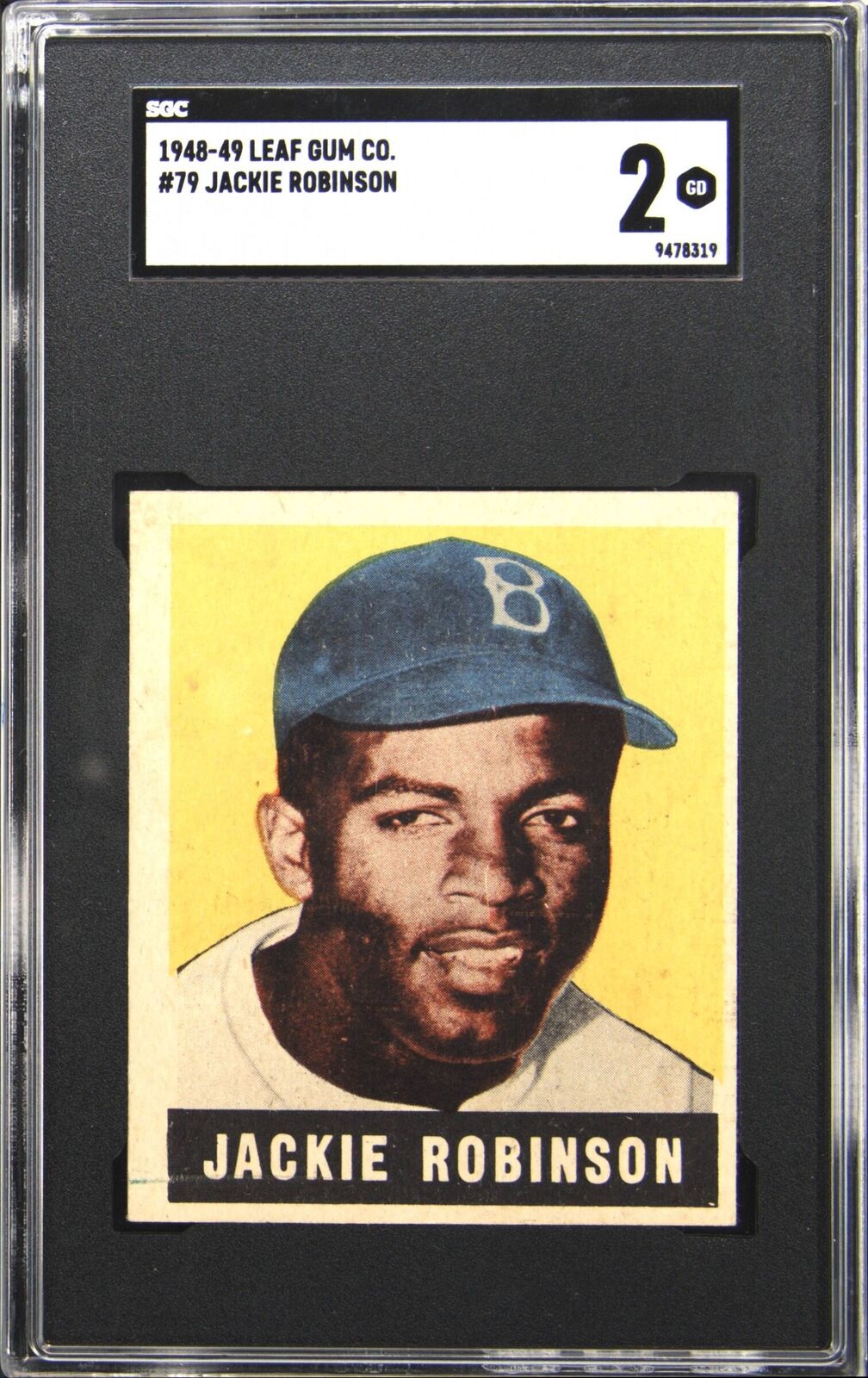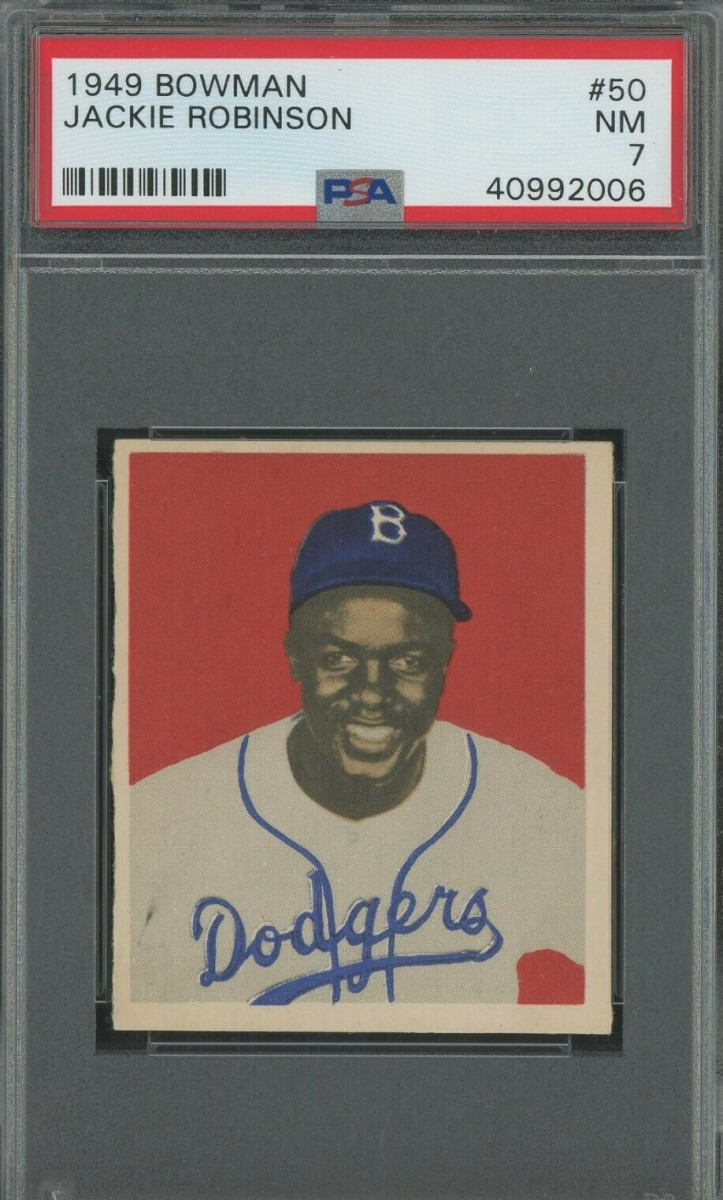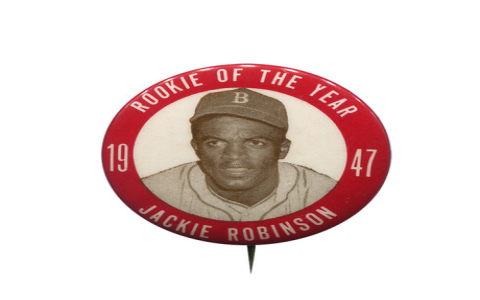So, the other day I was digging through some old boxes, you know how it is, and stumbled upon a couple of baseball cards. One of them was a Jackie Robinson card. Got me thinking, obviously, about whether it might be worth anything. I mean, it’s Jackie Robinson, right? A legend. So, I decided to do a little digging myself to figure out this whole “how much is a Jackie Robinson card worth” thing.

First thing I did was try to identify the card properly. You can’t just say “Jackie Robinson card,” apparently. There are tons of different ones. I looked closely at mine – needed my reading glasses, naturally – to see the year and the brand. Mine turned out to be a Topps card from the 50s. Okay, a starting point.
Then, I hopped onto my computer. Just started searching around for values based on the year and brand I found. And let me tell you, the range was wild. I saw numbers from maybe a hundred bucks all the way up to eye-watering amounts, like house-down-payment money.
Condition is King, Seriously
Pretty quickly, I figured out the biggest factor is condition. It’s everything in card collecting, it seems. A card that looks like it just came out of the pack is worth way, way more than one that looks like it spent years in somebody’s bike spokes (like some of mine probably did back in the day!).
I learned about grading companies – names like PSA, SGC kept popping up. These guys look at cards under magnification, check the corners, the edges, the surface, the centering, everything. Then they give it a grade, usually on a scale of 1 to 10. A 1 is basically garbage, and a 10 is perfect, which is super rare, especially for older cards.
Here’s the kicker: The exact same card, say a 1952 Topps Jackie Robinson, could be worth maybe a few hundred or a thousand dollars if it’s graded a 1 or 2 (meaning it’s pretty beat up). But if that same card gets an 8 or a 9? Suddenly you’re talking tens of thousands, maybe even hundreds of thousands of dollars. It’s crazy the difference a little bit of cardboard wear makes.

Which Card Do You Have?
It also matters a lot which Jackie Robinson card it is. His most famous and valuable cards tend to be:
- 1948 Leaf #79: This is considered his rookie card by most folks. Even in rough shape, it’s valuable. In top condition? Astronomical.
- 1949 Bowman #50: Another early one, also very popular and valuable.
- 1952 Topps #312: This is his first Topps card, and it’s a beauty. Highly sought after, especially in good condition. This was the type I was looking into initially.
Then you’ve got his other cards from the 50s, like the 1953, 1954, 1955, and 1956 Topps cards, plus other Bowman cards. These are still collectible, still valuable (especially the ’55 and ’56 Topps which have great designs), but generally not in the same league as the ’48 Leaf or ’52 Topps, unless they are in absolutely perfect, high-grade condition.
So, What’s the Bottom Line?
Basically, finding the value is a process. You gotta:
- Identify the card: Year, brand, card number.
- Assess the condition: Be honest here. Are the corners sharp? Is the centering good? Any creases, stains, or marks?
- Look up recent sales: This is key. Don’t just look at asking prices online; see what cards like yours (same card, similar condition, graded or ungraded) have actually sold for recently on auction sites or marketplaces.
For my own card? Well, after looking at it honestly, it’s definitely not mint. It’s got character, let’s say. Soft corners, a bit off-center. It’s not graded. Comparing it to ungraded ones I saw sold online, it might be worth a bit, maybe enough for a nice dinner out, but certainly not retirement money. Still, it was a fun process learning about it all. And hey, it’s still a Jackie Robinson card, and that’s pretty cool in itself.










